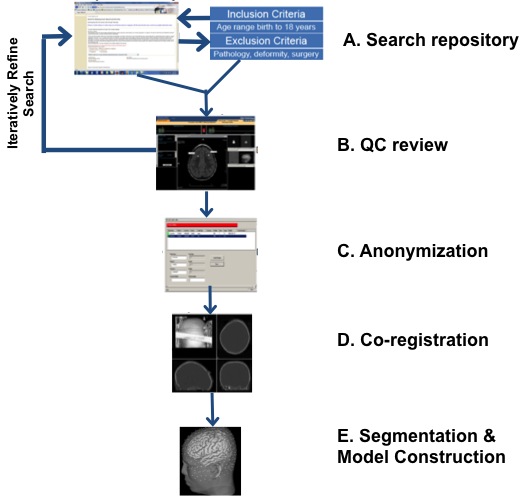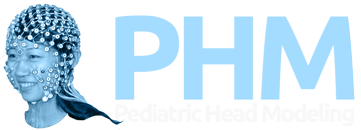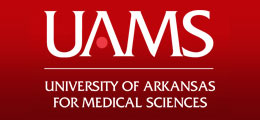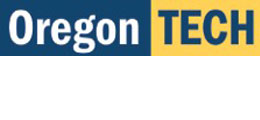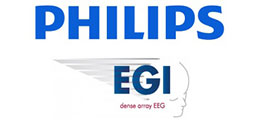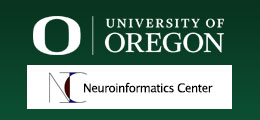PHM Project Summary
Fontanelle and open sutures in infants produce inhomogeneities in skull conductivity creating significant distortions in EEG source localization. Changes in skull height, bone thickness and skull plate composition differ in children from that of adults, making simple scaling of adult head models inappropriate for the production of accurate head models in infants and children. Accurate head models will improve accuracy in source localization analyses for EEG and optical imaging and aid in biomechanical modeling of head injury.
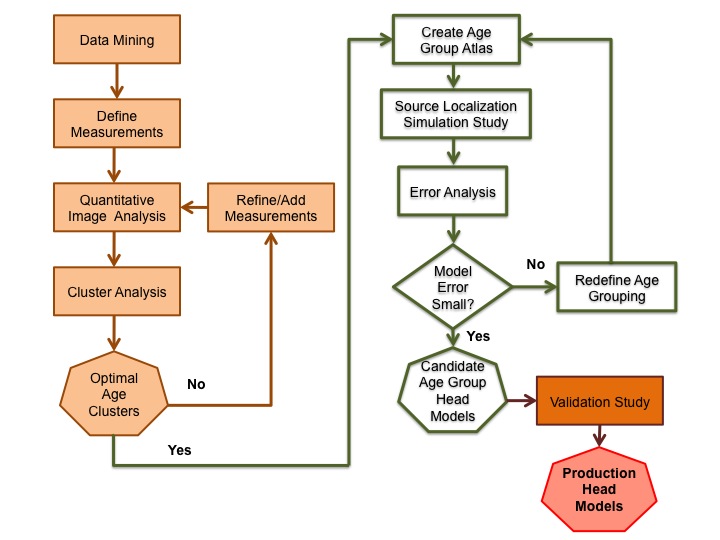
PHM Project Goal
Following an Internal Review Board approved protocol, CT and MR data were mined from the enterprise clinical repository of the BJC Health System in St. Louis. The goal was to obtain head imaging data in pediatric patients (birth to 18 years of age) where no clinical pathology was indicated. We implemented a four level review to ensure that accepted data were of appropriate quality to generate accurate models. The review consisted of (1) screening radiology reports, (2) a visual review of image data to eliminate obvious quality issues, (3) importation of image data to image processing and visualization software followed by a more rigorous review of image quality, and (4) a final review based on problems encountered during automated image processing and model construction. The figure below illustrates the search workflow used in identification of useable data sets and assignment of these data to initial pre-processing pipelines.
